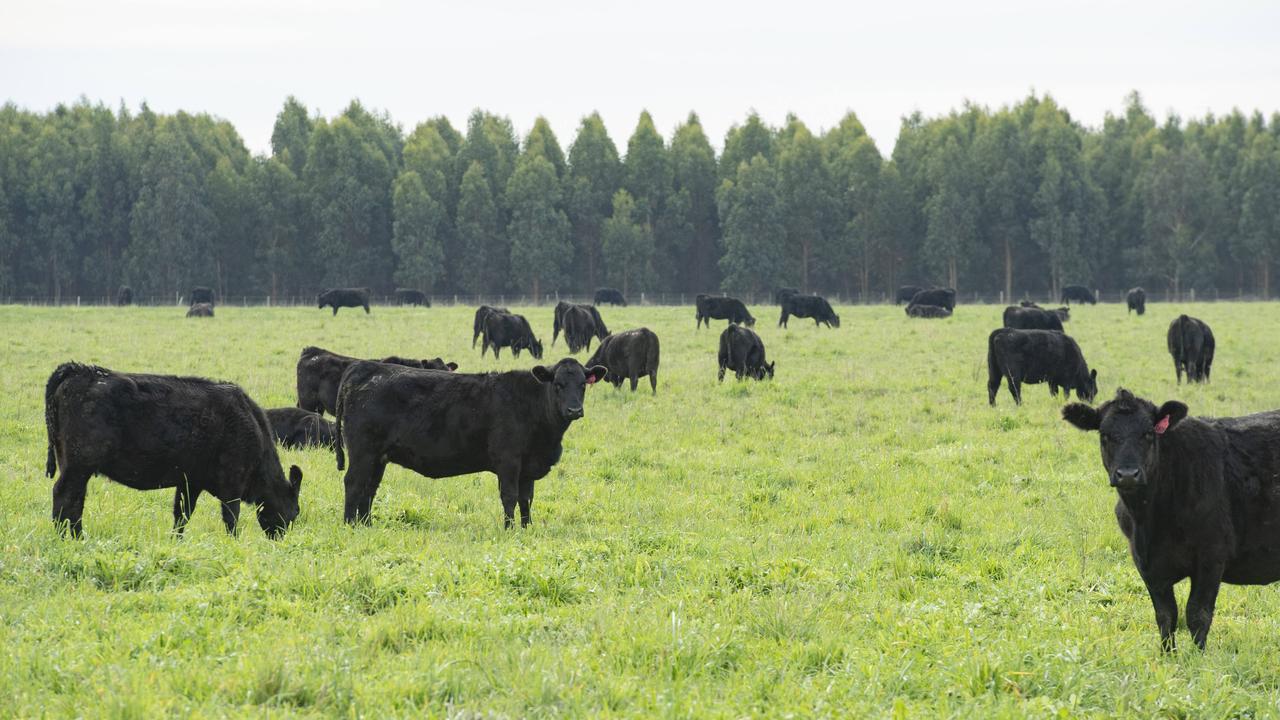Cut to the bone: Meat industry warns worker shortage will reduce kill, lift retail rates
Alarm bells are ringing through the entire meat industry with predictions available worker numbers cannot process increasing stock, leading to oversupply and checkout pain.

Alarm bells are ringing across the entire meat industry as it faces a shortage of qualified workers to process a growing national herd and flock.
And there are warnings that a growing nationwide shortage of meat boners, slicers and slaughterers will be unable to process a predicted significant increase in cattle and sheep numbers over the short to medium term.
The livestock industry has been rebuilding after supply dropped through the 2017 to 2019 drought.
However, Australian Meat Industry Council chief executive Patrick Hutchinson said the industry was already struggling with a worker shortage despite slaughter being at its lowest level for 35 years.
“When supply is low, positions vacant should be low,” Mr Hutchinson said.
“But we have the opposite, with positions vacant at record highs when supply is low, that has got to start ringing alarm bells.
“Moreover, we are seeing an increasing number of positions vacant ads and restocking is going to soon come to an end (so slaughter numbers will go up), depending on the weather, and prices will soften.
“But, with more stock on the market, we will still only be able to kill six million cattle and that is going to put big pressure on price because I am confident right now to say we will not have enough people to process the extra.”

The latest Australian government labour market insight report predicts a “very strong” 17.4 per cent growth rate in demand for meat boners, slicers and slaughterers between 2021 and 2026.
This would increase the current workforce from 8300, (just 4700 of those employed in the occupation as their main job), to 9700.
Meanwhile, wanted ads for meat process workers rose by 244 per cent from August 2018 to October 2022, according to market analysis service Episode3.
The latest federal government labour insight data shows median full-time weekly earnings for a meat boner, slicer or slaughterer, before tax, is $1178, compared to an all jobs median of $1593. A large share are aged 25 to 34 years, burning out much younger than the all industry median of 40.
Females make up just 12 per cent of the workforce, a whopping 36 percentage points below the all jobs average.
Gundagai Meat Processors chief executive Will Barton said while his operation was currently fully staffed, constant training of new workers meant he was only operating at 85 per cent kill capacity.
As a National Agricultural Labour Advisory Committee member, Mr Barton said “practical things” had been presented to government that had not be acted on.
“There is no quick fix to a skills shortage, we need longer term solutions, including training, education and knowledge of what the jobs involve,” Mr Barton said.
He agreed that, while the industry had enough processing capacity and hook space for extra livestock, it lacked skilled workers to handle it.
Meanwhile, Federal Agriculture Minister Murray Watt acknowledged the scale of the $34 billion industry’s problem in announcing last Friday that the Pacific Australia Labour Mobility scheme would be expanded to allow select metropolitan-based meat processors to apply to have PALM workers fill shortfalls.
National Farmers’ Federation President Fiona Simson cautiously welcomed the announcement, but said “spreading an insufficient pool of workers thinner won’t solve anyone’s problem” and called on government to do more to deepen worker pools and remove barriers to participation.
“The Government’s election promise to cover travel costs of Pacific workers would have done exactly that, but sadly that’s no longer on the table,” Ms Simson said.
“We also need to see progress on the promise to open the scheme to Vietnamese workers. If successful, that would be the first meaningful step forward in the farm workforce crisis in years.”

Mr Hutchinson said while the PALM announcement was good news for metropolitan processing and smallgoods businesses in desperate need of workers, “we must ensure that our regional and rural processors are not disadvantaged by the decision”.
He said the long-term solution is attracting and retaining locals, particularly school leavers.
About 82 per cent of meat boners, slicers, and slaughterers live outside of capital cities, compared with the all jobs average of 38 per cent.
The pressure is compounded by comparatively few seasonal workers and backpackers, who are just starting to return in large numbers to Australia.
Last week, The Weekly Times reported that sheep producers are in a desperate scramble to get their stock shorn as a shearer hits the industry, with some looking to India in the hope of sourcing staff.
At an agricultural conference last June, Mr Watt said that more could be done to solve the worker shortage challenge than a PALM extension, indicating that last week’s announcement may be a first, not last, step.
Victorian Farmers Federation livestock group president Scott Young said the entire agricultural industry “from the shearing industry to header drivers is short staffed.”





